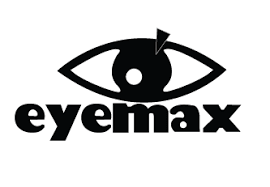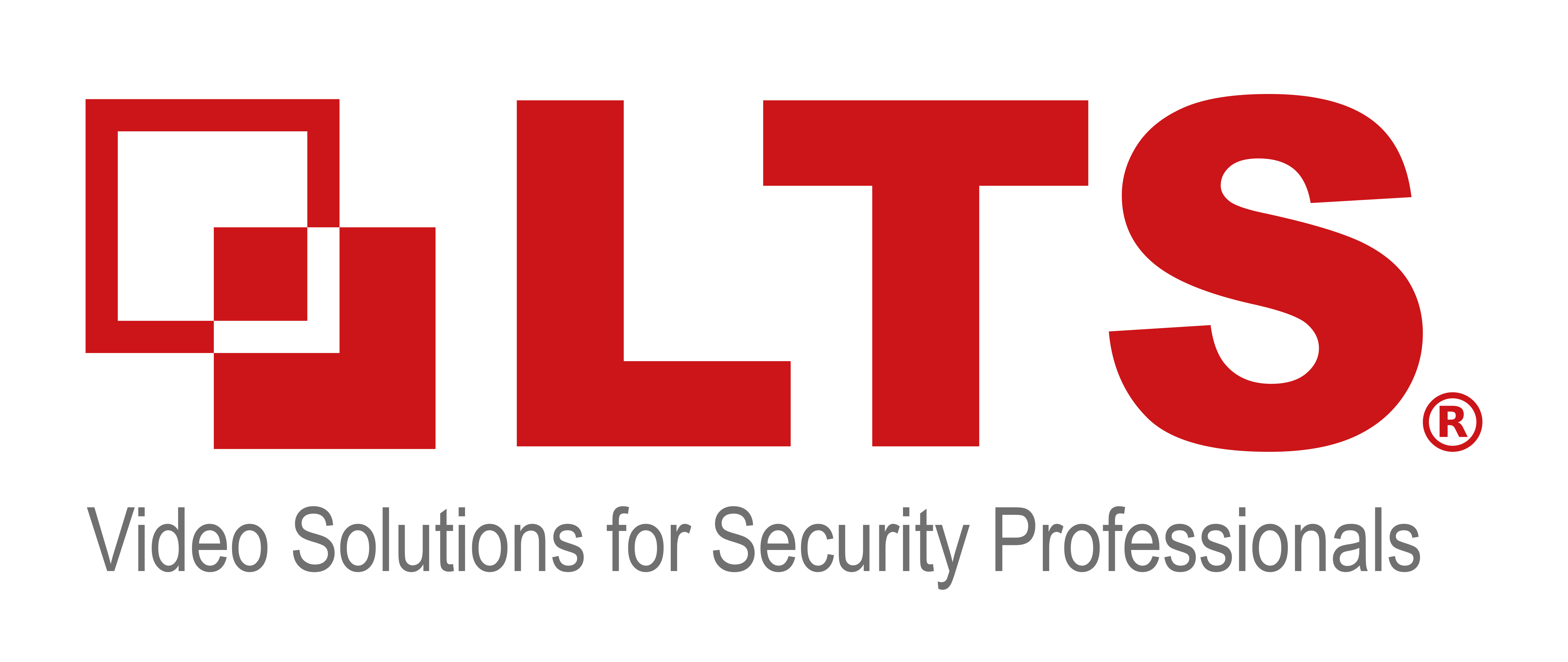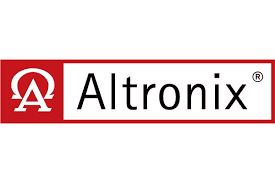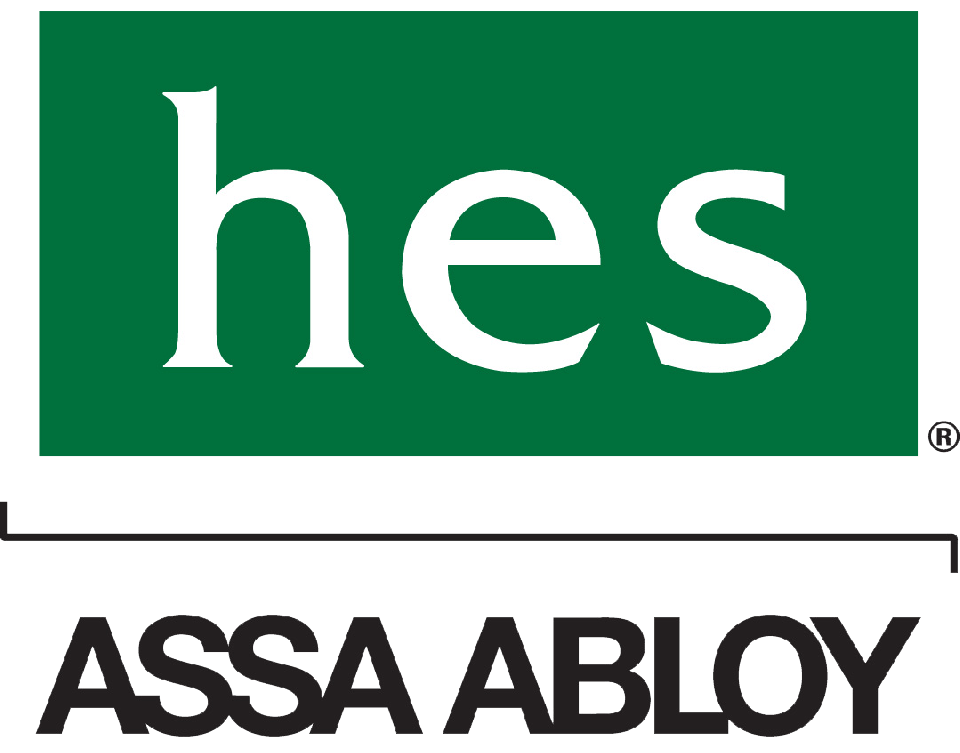HOAs
Century Park Place HOA – Los Angeles, CA
Century Park Place is an upscale multi-building condominium complex located in the heart of West Los Angeles in the highly desirable Century City area with easy access to the local Westfield shopping mall, movie studios, nearby beaches, and the best that L.A. has to offer.
In the middle of COVID in late 2020, Custom Video Security was selected as the winning bidder to install a Dahua DSS Express IP video security camera system, as the condominium association was ready to make a significant investment in elevating the level of security for more effective management and a higher level of safety on their premises.
Century Park Place Condominiums has six four-story residential buildings, three pools with barbecue areas and benches, and a clubhouse inside the main office. There are tennis courts on one side of the property, as well as one pedestrian entrance on either side in addition to the pedestrian gate in the main entrance area. Each residential building has elevators in the middle with hallways leading to the condominium units that extend to a circular atrium on each of the four levels.
There are three vehicle gates at the main entrance: one manned entrance gate for visitors, an automated resident gate controlled by a remote clicker inside each vehicle, and one exit gate. Each residential building has at least one to two levels of resident parking starting with the secured parking on the ground floor. Some parking lots go up in floors and some go down to the basement level for additional parking spots. There are additional guest parking spots outside of the secured parking garages around the entire complex.
In addition to the 1-2 security guards who are always on-site, there is also an operations manager on-site during business hours as well as the general manager in the main office, both of whom watch the camera system on their computers. The operations manager spends most of his day walking from building to building and managing various maintenance issues that arise as well as facilitating planned maintenance with the HOA's staff. During these times, he is often looking at one or more cameras from his mobile device.
The original objective of this new security camera system was to replace the HOA's previous system, which was a combination of HD- SDI and possibly EX-SDI cameras, all of which were running on Eyemax Magic DVRs that were installed in every building including the clubhouse and guard house at the main entrance. The goals were to:
- Provide more cameras for more views in higher resolutions up to 4K (8MP). Coverage includes the main gate, side gates, common areas, parking garages, elevator landing areas, jacuzzis, the main office, lobbies, and mailbox areas inside each building.
- Migrate everything to a full IP system.
- Achieve license plate recognition (LPR) on all the vehicle gates to more easily find certain vehicles. The challenge at the visitor gate is the lack of ideal placement for the camera to be behind longer vehicles so that the guard can see the rear license plate before or while the vehicle approaches the guard house.
- Achieve facial recognition (FR) on all pedestrian doors leading to each building's lobby via parking garage entrance doors as well as the exterior lobby door in front of each building. Although this was not the HOA's goal initially, I stated that the feature is available in Dahua's DSS VMS so we might as well activate it.
- Reduce false motion events and only concentrate on human and vehicle movement. This was achieved using Dahua's SMD (smart motion detection) cameras with AI (artificial intelligence), 32 channel 4K H.265 NVRs with SMD functionality in each building.
- Set up perimeters around the side gates, tennis courts, and pool areas so that if a human is caught breaching during a predefined schedule, the guard and management would receive an alert to determine if further action is required. They basically wanted to dissuade people from using the pool and tennis courts after hours and help identify when an unauthorized person has entered the complex via the side gates. This was achieved using Dahua's Analytics+ cameras with built-in AI, or if the ideal camera was not available with this feature, we were able to use the Dahua 5216 AI NVR to push the perimeter protection functionality to a non-AI camera. Additionally, cameras with SMD and perimeter protection could only use one AI analytic, so we generally used SMD from the camera and pushed perimeter protection from the AI NVR so that we could have the best of both worlds.
- Increase visibility at nighttime by using Dahua's starlight cameras, most of which have a lux rating of between 0.005 to 0.008, which allows video operators to see color at night time.
Most of the buildings were already interconnected with existing Cat6 Ethernet cable, and the majority of the cable was in usable condition. There was some water damage here and there, as well as some wear and tear over the years, but the majority of the cabling infrastructure was able to be reused. Although the network topology was presented in one manner by the client, we later learned halfway through the installation that the topology is actually different, which resulted in less-than-ideal performance for the placement of the wall-mounted equipment rack. Instead of mounting it in the middle of the entire network as intended, it is actually mounted at the very end. We have proposed to move this equipment rack closer to the middle of the network in phase 2 so that there are fewer hops in between buildings.
Other future goals in phase two include:
- Install the Dahua DSS Pro V8 VMS on a dedicated server to replace the existing discontinued DSS Express V7, which is currently running on an overextended client machine with a very heavy load on system resources.
- Replace the existing Cat6 that interconnects the buildings with either fiber or 60 GHz PtP (point-to-point) wireless bridges to reduce latency from the copper infrastructure.
- Secure the common area doors to the gyms in each building as well as to the three pools and barbecue areas with an integrated access control system. If we can't integrate their existing access control system into the VMS, then we will help find a way to add access control to these locations. Their current access control system is LiftMaster, and there is an intercom at each building's lobby entrance from the front as well as from the parking garage's entrance.
- The intercom rings directly to the security guard house in the main entrance, which sometimes is quite busy with a queue of awaiting visitor vehicles. We have proposed that in the event of an unanswered call, our remote monitoring partner will act as a virtual greeter and determine whether or not the caller should have access to the building.
- Each of the four levels of resident atriums in each of the six buildings shaped like figure-eights is to be covered with dual-sensor security cameras to help prevent package theft and to maintain situational awareness to minimize the chance of any thefts or vandalism. This would essentially double the camera count to nearly 300, and since the majority of these cameras would be dual-sensors, they would have over 400 actual channels on the NVRs, which also need to be added to record the new cameras.
- Individual residents have asked for their vehicles to be covered due to recent issues in the parking lot. Since this is an upscale neighborhood in West Los Angeles, adjacent to Beverly Hills, there are numerous high-value vehicles in the parking lots, and vehicle owners want dedicated individual coverage on their vehicles. This is in addition to the 4K cameras we already installed for general situational awareness.
- Possibly set up a centrally managed visitor management system to digitize the record of visitors who enter the complex. While the current VMS has the capability for visitor management, it is not currently in use. Additionally, they use an existing system that's made for HOAs, And they may want to integrate it or potentially even replace it with the VMS. Integration of their existing system into the VMS may require custom API programming.
- The HOA has asked for a driver's license scanner to easily import driver details into the visitor management system, which will aid in faster processing of the cue of vehicles into the visitor gate.
- We have recommended they activate the parking lot management system so that they can be alerted if visitor vehicles have overstayed their anticipated stay time.
- We are actively on the lookout for video analytics that monitors pet owners who don't clean up after their pets. Building management is tired of cleaning up when residents don't actively pick up dog poop on the grass in the common areas. This is more difficult to achieve in the sense that the AI must recognize when a dog is pooping and secondly when the person who's walking the dog does not bend down to pick up the poop.








































